
A biplane is a fixed-wing aircraft with two main wings stacked one above the other. The first powered, controlled aeroplane to fly, the Wright Flyer, used a biplane wing arrangement, as did many aircraft in the early years of aviation. While a biplane wing structure has a structural advantage over a monoplane, it produces more drag than a monoplane wing. Improved structural techniques, better materials and higher speeds made the biplane configuration obsolete for most purposes by the late 1930s.
Parnall was a British aircraft manufacturer that evolved from a wood-working company before the First World War to a significant designer of military and civil aircraft into the 1940s. It was based in the west of England and was originally known as George Parnall & Co. Ltd.

A monoplane is a fixed-wing aircraft configuration with a single mainplane, in contrast to a biplane or other types of multiplanes, which have multiple planes.

Caproni, also known as Società de Agostini e Caproni and Società Caproni e Comitti, was an Italian aircraft manufacturer. Its main base of operations was at Taliedo, near Linate Airport, on the outskirts of Milan.

A triplane is a fixed-wing aircraft equipped with three vertically stacked wing planes. Tailplanes and canard foreplanes are not normally included in this count, although they occasionally are.
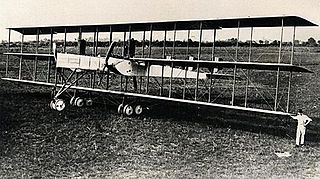
The Caproni Ca.4 was an Italian heavy bomber of the World War I era.

An aircraft constructed with a push-pull configuration has a combination of forward-mounted tractor (pull) propellers, and backward-mounted (pusher) propellers.
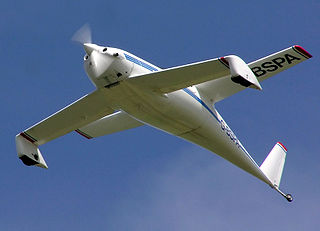
A tandem wing is a wing configuration in which a flying craft or animal has two or more sets of wings set one behind another. All the wings contribute to lift.
Horatio Frederick Phillips was an English aviation pioneer, born in Streatham, Surrey. He was famous for building multiplane flying machines with many more sets of lifting surfaces than are normal on modern aircraft. However he made a more lasting contribution to aeronautics in his work on aerofoil design.

The Supermarine Nighthawk or P.B.31E was a First World War British aircraft, designed by Noel Pemberton Billing and built at Woolston, Southampton after Pemberton Billing's company became Supermarine Aviation Works Ltd. The P.B.31E, as with its predecessor the P.B.29 "Battle Plane", was an anti-Zeppelin night fighter. It was operated by a crew of three to five, and was designed to fly for 9–18 hours. The prototype of the P.B.31E flew in February 1917. It quickly became obsolete when it was found that Zeppelins could be more easily be destroyed by igniting their hydrogen bags using explosive bullets. Only a prototype aircraft was built.

The Armstrong Whitworth F.K.10 was a British two-seat quadruplane fighter aircraft built by Armstrong Whitworth during the First World War. While it was ordered in small numbers for the Royal Flying Corps and Royal Naval Air Service, it was not used operationally. It is one of the few quadruplane aircraft to reach production.
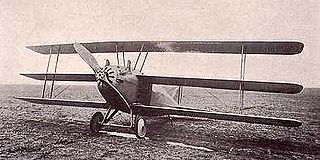
The Curtiss 18T, unofficially known as the Wasp and by the United States Navy as the Kirkham, was an early American triplane fighter aircraft designed by Curtiss for the US Navy.

In aviation, stagger is the relative horizontal fore-aft positioning of stacked wings in a biplane, triplane, or multiplane.

The wing configuration of a fixed-wing aircraft is its arrangement of lifting and related surfaces.
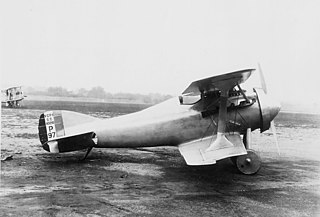
The Verville VCP was an American single-engined biplane fighter aircraft of the 1920s. A single example of the VCP-1 was built by the United States Army Air Service's Engineering Division, which was later rebuilt into a successful racing aircraft, while a second, modified fighter was built as the PW-1.
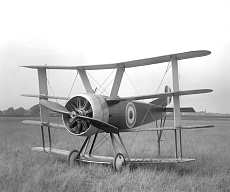
The Wight Quadruplane, also referred to as the Wight Type 4, was a British single seat quadruplane fighter aircraft built by J Samuel White & Company Limited during World War I. Testing revealed design deficiencies and after the only example was involved in a crash, further work on the aircraft was abandoned.
















